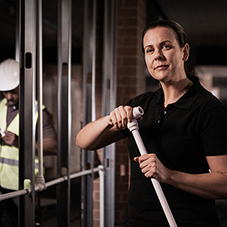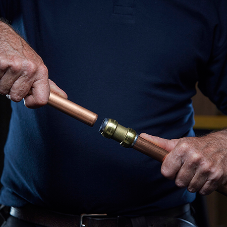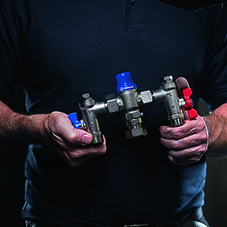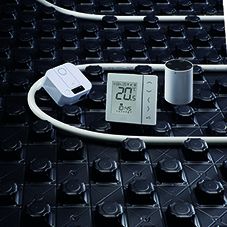Lee Halstead, Technical Sales Engineer at RWC, takes a look at five things installers need to keep in mind to be best prepared for winter’s plumbing challenges.
Winter is an incredibly busy time of year for installers. As homeowners switch on their boilers for the first time in months and the colder weather begins to set in, problems with plumbing and heating systems will undoubtedly arise. To keep everything operating smoothly, installers will be in high demand throughout the winter.
While these problems increase pressure on the time of installers, seasonal problems such as frozen pipes or failing heating systems can also lead to unanticipated disruption and expense for homeowners. In fact, insight from Water Regs UK suggests that, during the winter months, the average water repair cost is in excess of £2,200, with hundreds of claims made every day.
To avoid the typical rush to fix winter-related problems, carrying out maintenance before winter sets in can take the pressure off installers and keep homes comfortable throughout the season.
Here are five ways installers can prepare themselves to tackle common winter problems – or even prevent them from occurring.
1) Have a checklist for conducting underfloor heating maintenance
Underfloor heating (UFH) systems have surged in popularity in recent years, so being prepared to service them is becoming more important than ever before. A five-step checklist is a good start to make sure that a home’s UFH is running effectively throughout the winter season.
Step one is checking the room’s thermostats, actuator functions, and control functions, which should all be set to ‘call for heat’ and confirmed to be operating on the manifold’s actuator heads. The second step is to check the flow gauge function and, if required, adjust accordingly, which will ensure that the UFH system is running at the expected flow rate.
From there, installers will need to ensure that the flow and temperature is up to speed. It is essential that there is a sufficient flow and temperature supply coming from the heat source to the manifold, whether this be a gas boiler or a heat pump. Keep in mind that the system response will be slow upon initial start-up. However, once the system has been operating for an hour, the temperature of the return pipes should be checked.
Next, it is important to ensure that all actuators are being controlled by the correct thermostat and that each individual thermostat, in addition to the main heat source, switches the system on and off. And finally, make sure that the operating temperatures are adequate to sufficiently heat each room, making adjustments as required.
2) Prepare for boiler checks
While many homeowners are switching to modern heat sources, such as heat pumps, the majority of homes still use a traditional gas boiler. Annual boiler maintenance is essential to keeping gas boilers running effectively and efficiently, and installers should be prepared to carry out a greater number of services as winter approaches.
This year, where new boilers are required, installers will need to be aware of some of the recent changes to part L of the Building Regulations.
Paragraph 8.8 states that new boilers have to be commissioned and sized correctly, and that there needs to be evidence of this being the case, with all of the information provided to the customer under the new Standard Assessment Procedure.
Furthermore, upon the installation of these new appliances, all of the exposed pipework in the home needs to be insulated. Additionally, the flow temperature of this new heating system shouldn’t exceed 55°C or run as close to this as possible to adequately heat the home.
3) Insulating plumbing
Part L of the Building Regulations have emphasised the need to insulate pipework, as new build homes now require all pipes – except for the first metre of pipe directly connected to a boiler – to be insulated, which includes pipework between walls and underneath floors. Similarly, when upgrading a boiler in an existing property, all the exposed pipework needs to be insulated if it isn’t already.
Insulating pipework is good practice for installers, helping to elevate efficiency and performance, as well as protecting pipework from colder temperatures during the winter. So, even if an existing home is not having its boiler upgraded, insulating the pipework is a good step towards avoiding some common winter problems.
4) Keeping water heaters in check
With families and friends visiting over the holiday period, it’s not uncommon for water heaters to get slightly overworked, risking either water heater failure, or scalding of the home’s inhabitants.
Just as boiler maintenance and servicing will increase during the winter, so will the need to maintain water heaters. For installers there are two main things that should be checked.
Firstly, it is essential that the water heater’s pressure relief valve is working as it should. These valves are fitted as a safety mechanism to ensure that the heater doesn’t get overworked. If the heating system does over pressurise, the valve discharges water from the system to ensure a lower outlet pressure. A good choice for this type of valve would be the 101 Series Sealed Heating System Pressure Relief Valve from Reliance Valves.
Similarly, it's crucial to make sure that scalding won't be a concern if the water heater successfully meets the increased demand during the holiday season. While installing TMVs on bath outlets has been written into regulations for several years now, ensuring that their performance hasn’t slipped is a must. If a TMV needs replacing, the Reliance Valves Easifit TMV 2/3 features push-fit connections to minimise the amount of time required for installation, whilst safeguarding against scalding it also helps prevent Legionella bacteria growth.
5) Preparing your customers with best practice advice
There are certain things that installers can relay to their customers to prevent winter call outs from happening in the first place. Chief among them being disconnecting their outdoor plumbing from the water supply.
To do this, the isolation valve connected to the outdoor plumbing should be turned off, and at this point hoses or sprinklers can be removed and stored away. Additionally, any outside taps should then be opened to allow water to drain out of them.
By following best practice, keeping up to speed with the latest regulatory changes and staying up to speed with new technologies and trends, installers can play a critical role in preparing homes – and the occupants – for the winter. So, while winter callouts will undoubtedly keep installers busy throughout the colder months, installers can tackle common challenges with an eye on the future, ensuring systems can perform as expected and do so efficiently for years to come.
To learn more about RWC and its family of brands – JG Speedfit, JG Underfloor and Reliance Valves - please visit RWC.com/uk
Preparing for winter: Five things’ installers need to keep in mind
| T | (01895) 425333 |
|---|---|
| E | Info@RWC.com |
| W | Visit RWC – Reliance Worldwide Corporation's website |
| Horton Road, West Drayton, Middlesex, UB7 8JL |
Categories
Taps Valves Water-supply pipes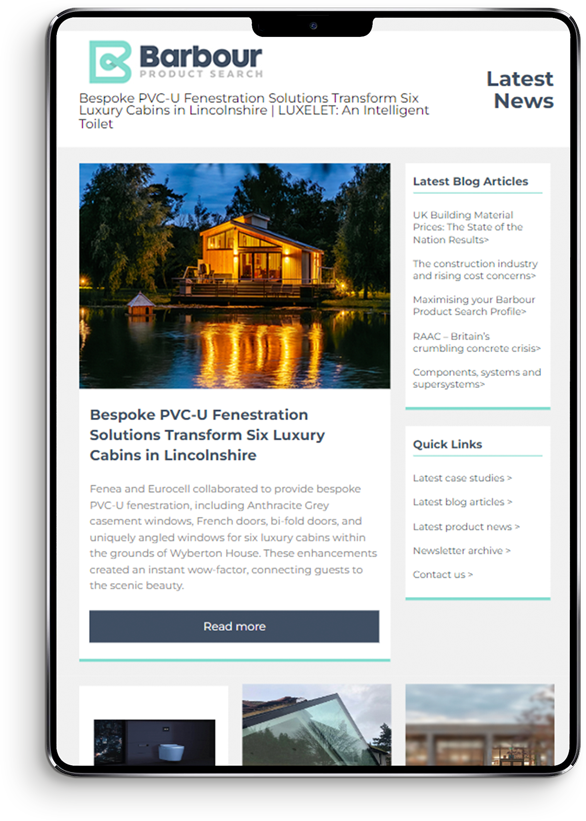

 (002)-comp104848.png)
